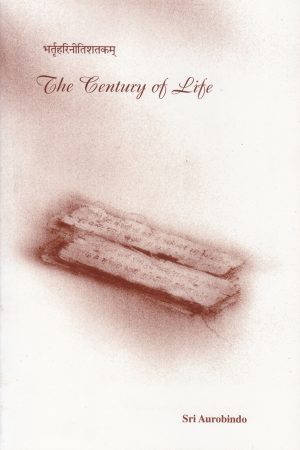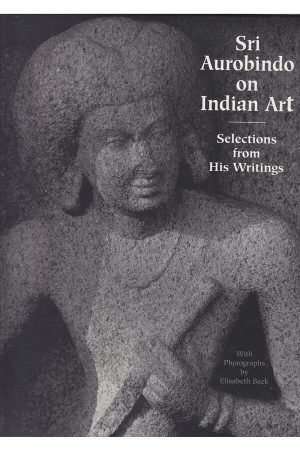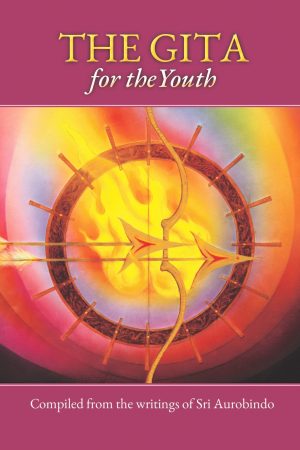One of the most significant aspects of the sculptural tradition is that art objects are never copied from nature or made mere symbols of beauty. The artist is a very vibrant, passionate person who responds to the essential nature of things and this ability becomes the mode of self expression. Thus, the artists guna or characteristic is transformed into the created object. Imperceptible truths are understood and integrated into the atman of the artist. It is from this amorphous perception that the outer manifestation takes place. Hence the material object, which is part of the inner fire of the artist, becomes capable of attracting the mind and spirit of the observer.
To make possible this externalisation of the divine, it is of great importance that the artist maintains the purity and impeccability of the inner being. Just as food is essential for the body, and literature for the mind, excellent values are most necessary for the refinement of the self. The texts describe it thus : “The shilpi should have highly developed moral and spiritual values, should be compassionate, should be without envy or anger, without worries, always content, not ambitious, with the senses under control, adhering to truth, with a highly developed sense of responsibility, without serious ailments, and with a harmonious physical
body that reflects the balance in his inner being.” The perfection of the spiritual tone of such a shilpi is communicated through the work, enthusing and elevating the spiritual mood of devotees thronging the temples.
Artists who were trained in the traditional system frequently put together their own experiential learning and responses, and added them to the comprehensive, well-tested older form of the framework of the shastras. This teaching was imparted to the apprentice. Some gurus also authored treatises in which the fundamental principles were enriched by their personal observations. Thus, shilpa texts are a synthesis of the extensive knowledge that shilpis, with their experience and responses to art, blended with guidelines for field application. This process is similar to the emergence of texts on the grammar of languages, after years of exploring the beauty and communicative art of poetry and composition, literary works and kavyas.
Indian Culture
Indian Sculpture and Iconography
₹2,240.00
Written by V. Ganapati Sthapati and rendered into English by Sashikala Ananth (300 line drawings, glossary, index). This is a rare work which gives in great details the forms and accurate measurements of a large variety of Indian sculpture, along with the spiritual vision and philosophy underlying it. A special feature of the book is the large number of illustrations and drawings done with great authenticity, care and beauty.
Availability: 300 in stock
| Weight | 1842 g |
|---|---|
| Author | V. Ganapati Sthapati |
| Publishing Info | Second Edition – 2020 |




